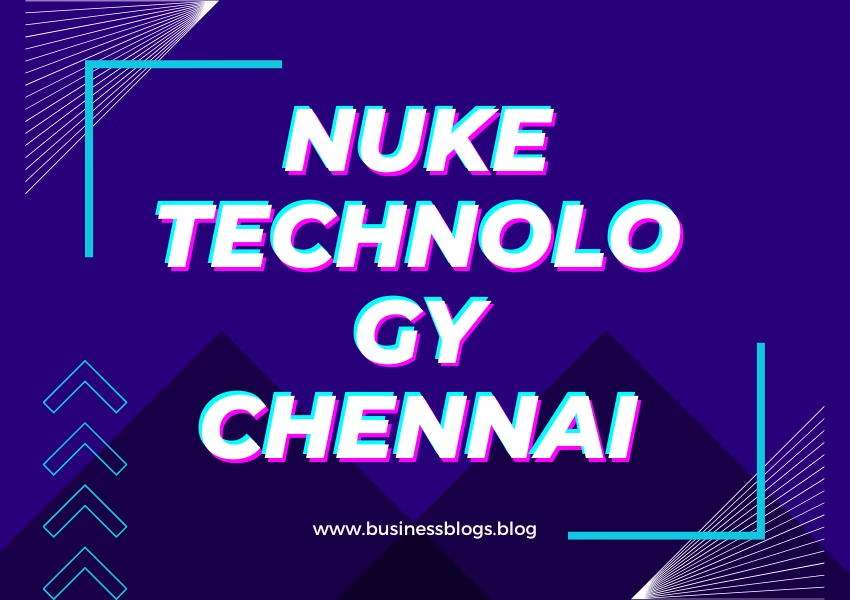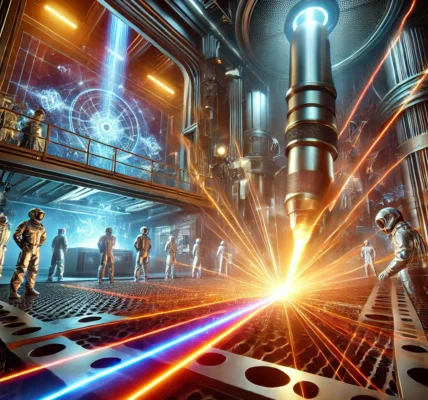Chennai, the vibrant capital of Tamil Nadu, isn’t just known for its rich cultural heritage and bustling urban life—it’s also a cornerstone in India’s nuclear technology landscape. With state-of-the-art facilities and groundbreaking research institutions, Chennai has been at the forefront of harnessing nuclear energy for sustainable development. This article delves into the city’s nuclear journey, highlighting key establishments, technological advancements, and the future trajectory of nuke technology in Chennai.
The Genesis of Nuclear Power in Chennai
Madras Atomic Power Station (MAPS)
Located about 80 kilometers south of Chennai in Kalpakkam, the Madras Atomic Power Station (MAPS) holds the distinction of being India’s first fully indigenously constructed nuclear power station. Commissioned in the early 1980s, MAPS comprises two units, each generating 220 MW of electricity. These Pressurized Heavy Water Reactors (PHWRs) have been instrumental in meeting the region’s energy demands and reducing dependence on fossil fuels.
Indira Gandhi Centre for Atomic Research (IGCAR)
Established in 1971, IGCAR is one of India’s premier nuclear research centers, situated in Kalpakkam near Chennai. The center focuses on advanced research in reactor engineering, metallurgy, and material physics, with a significant emphasis on fast breeder reactor technology. IGCAR’s multidisciplinary approach has been pivotal in propelling India’s nuclear capabilities to new heights.
Technological Milestones and Innovations
Prototype Fast Breeder Reactor (PFBR)
A significant feather in Chennai’s nuclear cap is the development of the Prototype Fast Breeder Reactor (PFBR) at Kalpakkam. This 500 MW reactor is designed to utilize plutonium-uranium mixed oxide fuel, marking a substantial leap in India’s fast breeder reactor program. The PFBR aims to efficiently utilize the country’s thorium reserves, paving the way for energy self-sufficiency.
KAMINI Reactor
IGCAR also houses the KAMINI reactor, the world’s only reactor that uses uranium-233 fuel. Achieving criticality in 1996, KAMINI is primarily used for neutron radiography and activation analysis, contributing significantly to research in nuclear science and engineering.
Educational and Research Initiatives
BARC Training School
To cultivate a skilled workforce in nuclear science, a BARC Training School was established at Kalpakkam in 2006. This institution offers rigorous training programs, ensuring a steady stream of qualified professionals to support and advance India’s nuclear endeavors.
Center for Environmental Nuclear Research
Affiliated with SRM Institute of Science and Technology, the Center for Environmental Nuclear Research in Chennai boasts state-of-the-art laboratory facilities. The center focuses on environmental impact assessments related to nuclear activities, ensuring that nuclear advancements align with ecological sustainability.
Public Engagement and Awareness
Hall of Nuclear Power
The Tamilnadu Science and Technology Centre in Chennai features the “Hall of Nuclear Power,” an exhibit dedicated to educating the public about nuclear energy. Through interactive displays and informative sessions, the hall demystifies nuclear technology, fostering public understanding and acceptance.
Safety and Regulatory Framework
Ensuring the safety of nuclear installations is paramount. The Atomic Energy Regulatory Board (AERB) has a Regional Regulatory Center in Chennai responsible for the inspection and oversight of nuclear and radiation facilities in the region. This regulatory framework ensures that all nuclear activities adhere to stringent safety standards, protecting both the public and the environment.
Future Prospects and Developments
Expansion of Nuclear Facilities
Chennai’s nuclear landscape is poised for expansion with plans for new reactors and facilities. The development of additional fast breeder reactors and the augmentation of existing facilities underscore the city’s commitment to advancing nuclear technology. These initiatives aim to enhance energy security and support India’s growing energy needs.
Research and Innovation
Ongoing research at institutions like IGCAR continues to push the boundaries of nuclear science. Areas of focus include reactor safety, waste management, and the development of next-generation reactors. Such innovations are crucial for the sustainable and safe utilization of nuclear energy in the future.
Frequently Asked Questions (FAQs)
Q1: What is the significance of the Madras Atomic Power Station (MAPS)?
A1: MAPS is India’s first fully indigenously constructed nuclear power station, located near Chennai. It comprises two units, each generating 220 MW of electricity, playing a crucial role in meeting regional energy demands.
Q2: What is a Fast Breeder Reactor, and why is it important?
A2: A Fast Breeder Reactor (FBR) is a type of nuclear reactor that generates more fissile material than it consumes. The PFBR at Kalpakkam is designed to utilize India’s thorium reserves efficiently, contributing to long-term energy sustainability.
Q3: How does Chennai contribute to nuclear research in India?
A3: Chennai hosts premier institutions like IGCAR and facilities like MAPS, making it a hub for nuclear research and development. These establishments focus on reactor technology, safety, and environmental aspects of nuclear energy.
Q4: What measures are in place to ensure the safety of nuclear facilities in Chennai?
A4: The Atomic Energy Regulatory Board (AERB) has a Regional Regulatory Center in Chennai responsible for inspecting and overseeing nuclear and radiation facilities, ensuring adherence to stringent safety standards.





